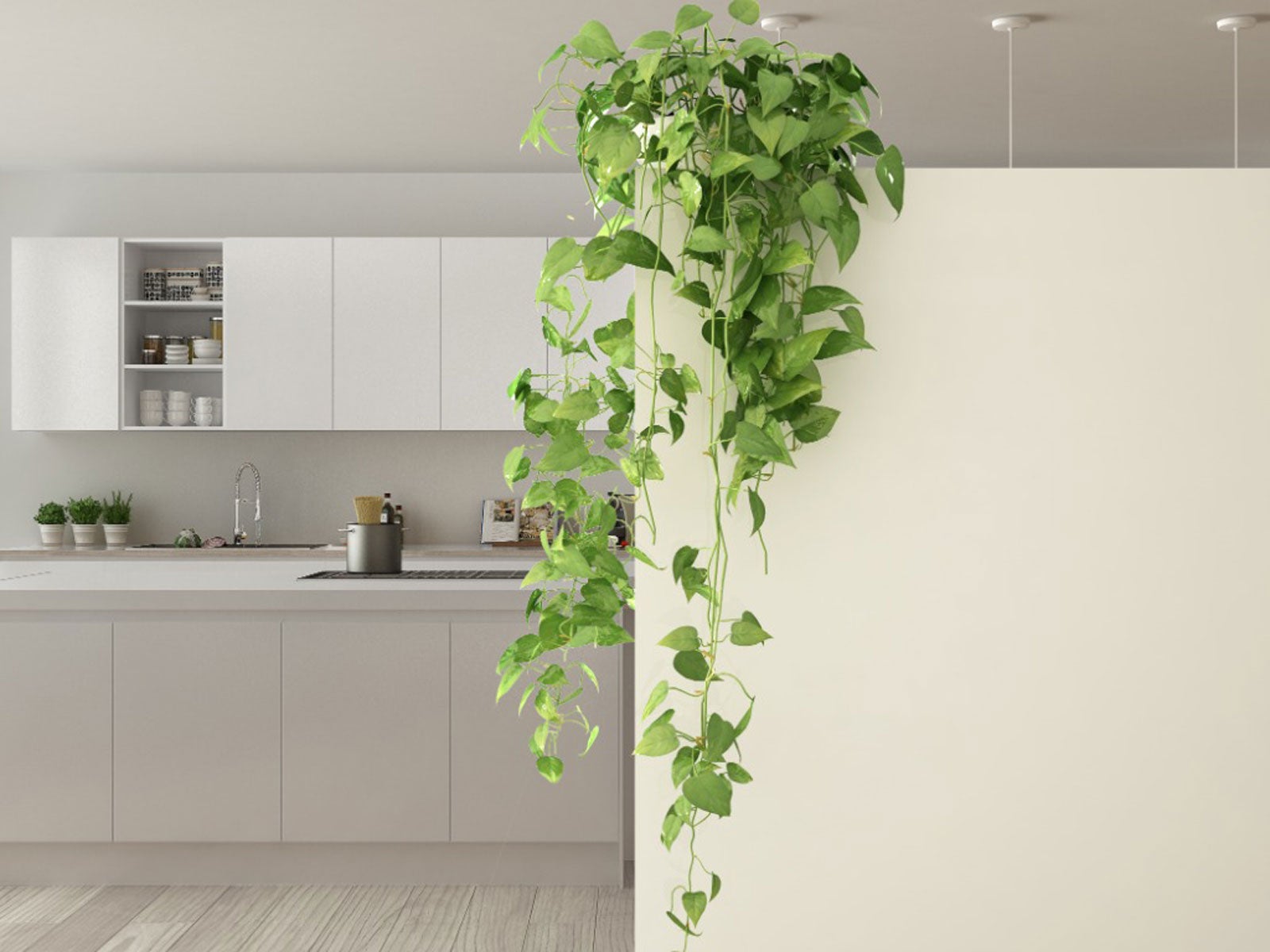The Wonder of Vines: A Deep Dive into the Versatile plant
Vines, those elegant climbers that gracefully ascend walls, fences, and trees, are far more than just ornamental plants. They represent a diverse group of flowering plants characterized by their growth habit: they lack self-supporting stems and instead rely on other structures for support. This unique characteristic has led to an incredible variety of forms, from delicate tendrils to robust woody structures, and a remarkable adaptability to various environments.
This article will delve into the fascinating world of vines, exploring their diverse characteristics, ecological significance, and the profound impact they have on human civilization.
A Tapestry of Diversity: Types of Vines
:max_bytes(150000):strip_icc()/indoor-vining-plants-5194838-hero-6b84f4235e814f3596669c04c4650377.jpg)
Vines exhibit an astonishing range of forms and adaptations, reflecting their diverse evolutionary histories. Broadly, they can be categorized into several main types:
Herbaceous Vines:
These are non-woody plants that die back to the ground each year.
Woody Vines:
These are perennial plants with woody stems that persist year after year.
Tendril-Bearing Vines:
These possess specialized, thread-like structures called tendrils that wrap around supports, enabling the plant to climb.
Twining Vines:

These have stems that coil around supports, either clockwise or counterclockwise.
Climbing Vines with Aerial Roots:
These attach to surfaces using aerial roots, which can adhere to a variety of substrates, including wood, brick, and even glass.
Climbing Strategies: Ingenious Adaptations
Vines have evolved an array of ingenious strategies to ascend various supports:

Tendrils: These specialized structures, often modified leaves or stems, exhibit remarkable sensitivity to touch. Upon contact with a suitable support, they coil around it, securing the vine in place.
Ecological Significance: The Role of Vines in Ecosystems
Vines play crucial roles in various ecosystems, contributing to their structure, diversity, and functioning:
Habitat Provision: Vines provide valuable habitat for a wide range of organisms, including birds, insects, mammals, and reptiles. They offer shelter, nesting sites, and food sources, such as fruits and flowers.
Human Uses: A Tapestry of Applications
Vines have been utilized by humans for centuries, providing a wide range of benefits:
Food and Beverage:
Fruits: Many economically important fruits, such as grapes, melons, and cucumbers, are produced by vine plants.
Ornamental Uses:
Landscaping: Vines are widely used in landscaping to cover walls, fences, and trellises, adding beauty and visual interest to gardens and other outdoor spaces.
Medicinal Uses:
Traditional Medicine: Various vine species have been used in traditional medicine for centuries to treat a range of ailments.
Other Uses:
Fiber Production: Some vines, such as hemp, are cultivated for their fibers, which are used to make textiles, rope, and paper.
Challenges and Concerns:
While vines offer numerous benefits, they also present some challenges:
Invasive Species: Some non-native vine species can become invasive, outcompeting native plants and disrupting ecosystems.
Conclusion
Vines represent a remarkable group of plants, characterized by their diverse forms, ingenious climbing strategies, and significant ecological and human importance. From providing food and shelter to enhancing the beauty of our surroundings, vines play vital roles in shaping our world.
By understanding the unique characteristics and ecological significance of these fascinating plants, we can better appreciate their value and cultivate a more sustainable relationship with the natural world.
This article has been revised to replace “ with `
